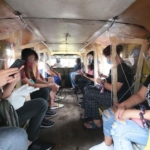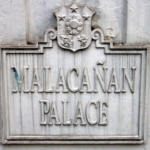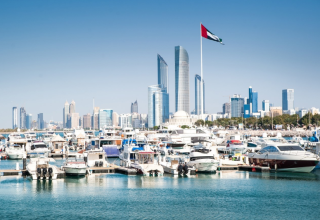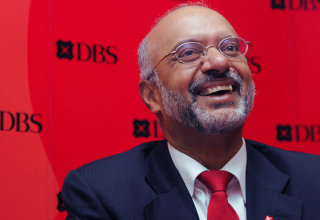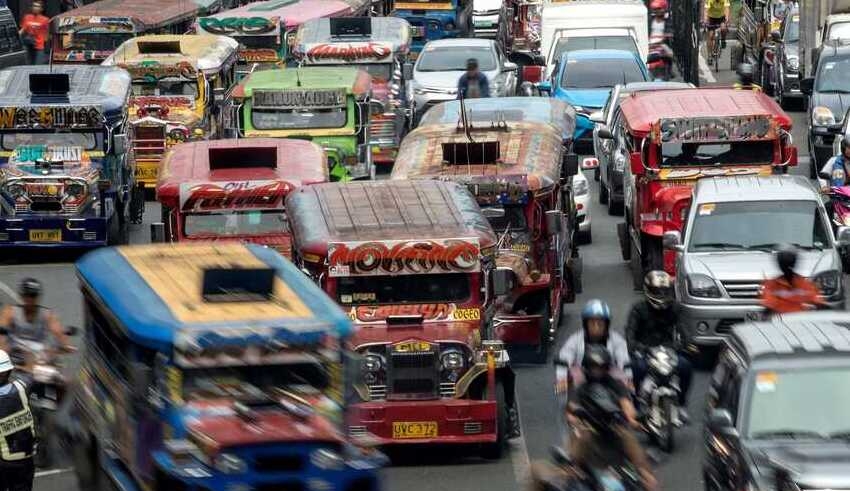
Now that traditional jeepneys are at risk of being driven off the road, jeepney drivers are demanding that President Ferdinand Marcos Jr. fulfill his vow to help the transport industry.
Danilo Santos, a jeepney driver who has traversed the Pateros-Guadalupe route for more than 26 years, stated that he voted for Marcos with the assumption that his livelihood would be secure, only to have that goal dashed yet again.
“They have advocated for this since the Duterte administration. And now that BBM is in charge, nothing has changed. We voted for him in the hopes that things would change, but this did not occur. They lied when they declared, if BBM wins, there will be no more phaseout. But here we are once more,” said Danilo.
In the run-up to the 2022 presidential election, Marcos met with leaders of transport groups and pledged that a government under his administration would provide jeepney drivers and their families with a “nice home” and livelihood initiatives.
Marcos pledged the Liga ng Transportasyon at Operators ng PIlipinas during the campaign that he would prioritize a measure establishing a public transport users fee to fund the transport modernisation program.
Marcos has not delivered his pledges as of yet.
Danilo’s plea is not unique. Felix Ronquiniona, another jeepney operator along the Pateros-Guadalupe route, is likewise concerned that traditional jeepneys may be completely phased out by the Marcos administration in the near future.
Once the Land Transportation Franchising and Regulatory Board (LTFRB) announced that only operators who have merged into a cooperative or company would be permitted to operate after June 30, tens of thousands of conventional jeepneys could lose their franchise.
The LTFRB argued that consolidation was a necessary first step in its public utility vehicle (PUV) modernization initiative, but jeepney drivers fear that the scheme will eventually phase out their vehicles and force them to purchase new, unaffordable, upgraded jeeps.
But why do traditional jeepney drivers and operators resist the PUV modernisation scheme in the first place? Their main concern is the prohibitively expensive prices of upgrading.
Traditional jeepneys cost between P150,000 to P250,000, which is a significant price in and of itself, but significantly less than modern jeepneys, which operators estimate cost over P2 million.
Keep Reading
According to Danilo, drivers on minor routes, such as his route along Pateros, earn only P2,000 a day. He projected that if they upgraded to new jeepneys, they would need to earn at least P3,500 per day to repay their enormous loans.
Under the PUV modernization program, operators who upgrade to contemporary jeepneys are eligible for a P160,000 loan equity subsidy. Still, operators would have to incur millions in debt to implement the update.
Jereck, an operator along the Pateros-Guadalupe route, lamented that the modernization program will suddenly bury him in debt, despite having worked and saved for years to own his own conventional jeepney.
Transport group Furthermore, PISTON stated that the high capital expenses of contemporary jeepneys created an entry barrier that favored large corporations.
“The mandatory franchise consolidation is an entry point for the corporate control of small-capacity public transport, as only large businesses have the financial resources to purchase the 15 minibuses required to operate a single route without being buried in debt,” stated PISTON in a statement.
Already, tycoons have begun to close in. Manny Pangilinan invested P1.5 billion in the modern jeepney operator Byahe in 2022. By 2027, Byahe will have 500 vehicles in its fleet. Byahe operates in Metro Manila, Pampanga, and Nueva Ecija at now.
Although drivers and operators of conventional jeepneys oppose the program’s implementation, others do not completely reject the concept of modernization.
Allan Magayang, a jeepney driver on his route in Pateros, is in favor of updating jeepneys if the government provides the necessary support to drivers and operators.
After more than two decades of driving jeepneys, Allan is concerned about his future, as are many other jeepney drivers who cannot afford to upgrade their vehicles. He is concerned that the administration has no solid measures for the unemployed.
According to the LTFRB, traditional jeepney drivers and operators would not be obliged to quickly switch to contemporary jeepneys.
“According to the MC [Memorandum Circular] issued by the board, if you leave a cooperative or corporation, you may continue to operate a traditional jeepney. First addressed by the board is the consolidation of the industry,” according to LTFRB technical division chief Joel Bolano at a news conference on Thursday, February 23.
Creating a cooperative incurs its own expenses. The Office of Transportation Cooperatives requires jeepney operators to have a paid-up capital of P300,000. Danilo added that businesses may need to spend between P20,000 and P30,000 to meet other obligations, including as filing their income tax filings. This might cost as much as P750,000 for a cooperative of fifteen operators.
Also Read:- Who is Kevin Durant dating in 2023? Know more
